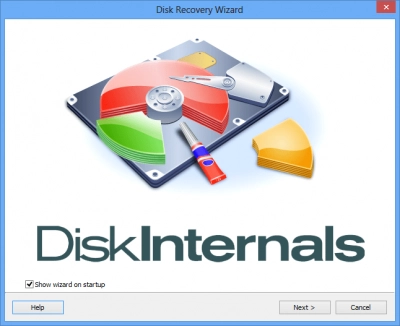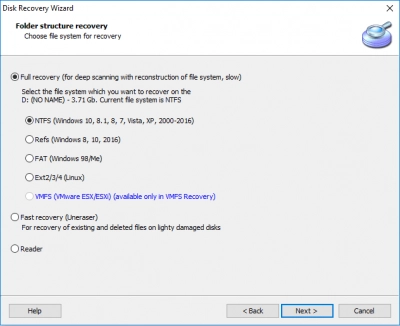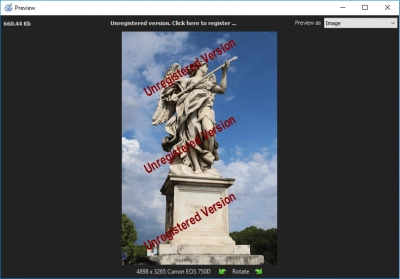What to do if Windows 10, 11 is not detecting a second hard drive
Here you will find out:
- what to do if Windows 10, 11 is not detecting a second hard drive
- different methods how to get your computer to recognize a second hard drive
- how DiskInternals Partition Recovery can help you
Are you ready? Let's read!
If Windows 10, 11 is not detecting a second hard drive
While a single hard drive may be enough for most of us, some people really need a second hard drive for their computer. However, some Windows 10, 11 users have reported that their computer is unable to detect the second drive. If you have encountered this situation, there's nothing to worry about. Here are some ways to get things working again. A quick fix to this is to check if the connections are good. If everything is correctly connected, try these troubleshooting options.
Method 1: Repair your hard drive
The most common cause of the problem (if the connections are good) is a damaged hard disk drive. The second HDD probably has bad sectors, or it is completely damaged; hence, your Windows 10, 11 PC is unable to detect the drive.
Method 2: Update driver software and run Hardware and Devices Troubleshooter
If you’ve been using two hard drives before upgrading to Windows 10, 11 and get an error about the second one, then you should consider updating your drivers’ software, too.
To update your driver(s), run the Windows Device Manager utility by pressing Windows Key + R and type “devmgmt.msc”. Expand the “Disk drives” link and then double-click on your hard drive. A dialogue box should appear, and it will display a message: "This device is working properly." However, if it doesn't show this message, or shows an error message, then you should update the driver.
So, close the dialogue box and then right-click on your drive and choose “Update driver software”.
You can also troubleshoot the drive afterward using a built-in Windows Hardware and Drivers utility. This utility is accessible via the Control Panel >>> Security and Maintenance >>> Troubleshoot Computer Problems >>> Hardware and Sound.
These actions should help Windows 10, 11 recognize a second hard drive.
Method 3: Restore partitions
Lost partitions can also cause this problem. This is because some partitions house the most important files that make your PC run smoothly. Thus, when these partitions are deleted or lost, you are prone to experiencing errors while using your PC.
To restore Windows partitions, you need to use DiskInternals Partition Recovery. This software comes with a bunch of handy features for recovering lost and deleted partitions on Windows computers.
How to use DiskInternals Partition Recovery
Step one:
Install the software on your Windows 10, 11 computer, and launch it immediately. The data recovery wizard will load automatically.

Step two:
Select your disk and also pick a recovery mode; in this case, select “full recovery”. Then choose your OS file system to launch the scanning/recovery process.

Step three:
Preview the lost partition files (they are marked in red), and then you can recover all your lost files in just one click.

